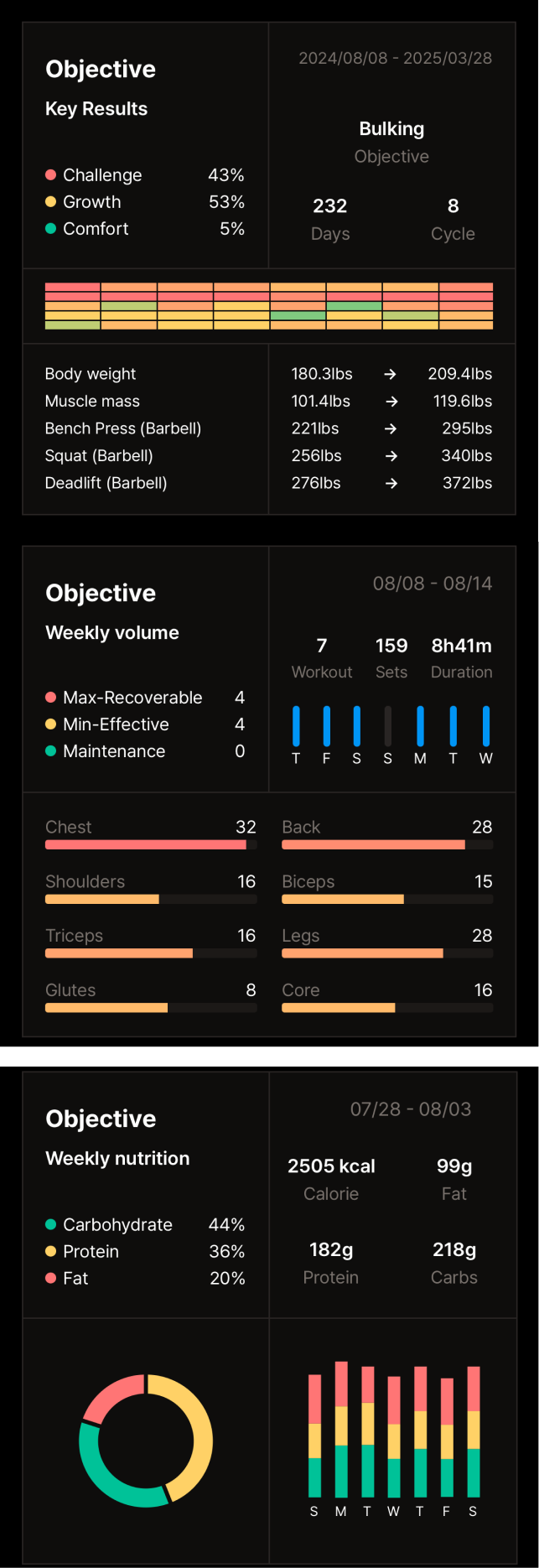How to Transition from Bulking to Cutting
Introduction
Have you ever felt lost after a bulking phase, unsure of how to shed the extra fat while keeping your hard-earned muscles? Transitioning from bulking to cutting is a crucial step for anyone looking to achieve a lean, muscular physique. Arnold Schwarzenegger, a bodybuilding icon, strategically used bulking and cutting cycles to sculpt his physique. He faced similar challenges many experience today: preserving muscle mass while reducing body fat. This blog post will guide you through the transition phase, providing actionable strategies to help you achieve your fitness goals. We’ll cover everything from understanding the basics of bulking and cutting to crafting the perfect diet and workout plan.
Understanding the Transition: From Bulking to Cutting
What is Bulking and Cutting?
Bulking is a phase focused on gaining muscle mass. This involves consuming a caloric surplus, meaning you eat more calories than your body burns. This extra energy fuels muscle growth. Cutting, on the other hand, is the process of reducing body fat while maintaining as much muscle mass as possible. This requires a caloric deficit, where you consume fewer calories than your body expends.
Why Transition is Important
Transitioning correctly is vital for maximizing your results. Cutting after a bulking phase helps reveal the muscle you've built, improving muscle definition and overall physique. A well-executed transition minimizes muscle loss and promotes a leaner, more sculpted appearance.
Preparing for the Transition Phase
Setting Realistic Goals
Before starting, define clear, achievable goals. How much weight do you want to lose? What level of muscle mass do you aim to maintain? Realistic goals provide focus and motivation throughout the cutting phase.
Evaluating Your Current Status
Assess your current body composition. This can be done through various methods, such as skinfold calipers, bioelectrical impedance analysis (BIA), or dual-energy X-ray absorptiometry (DEXA) scans. Knowing your starting point helps track progress and adjust your plan as needed.
Crafting the Perfect Cutting Diet
Understanding Caloric Needs
A caloric deficit is essential for fat loss. Use online calculators or consult a registered dietitian nutritionist (RDN) to determine your daily caloric needs for cutting. A moderate deficit of 250-500 calories per day is generally recommended for sustainable weight loss.
Macronutrient Breakdown
The right balance of macronutrients is crucial. Prioritize protein to preserve muscle mass, aiming for 1-1.2 grams of protein per pound of lean body mass. Consume complex carbohydrates for sustained energy, and include healthy fats for hormone production and overall health. A typical ratio might be 40% protein, 40% carbohydrates, and 20% fats.
Meal Planning
Create a sustainable meal plan with a variety of nutrient-rich foods. This helps prevent boredom and ensures you’re getting all the necessary vitamins and minerals.
Bullet List of Key Foods:
- Lean Proteins: Chicken breast, fish, turkey, lean beef, tofu, eggs, Greek yogurt.
- Complex Carbs: Brown rice, quinoa, sweet potatoes, oats, whole-grain bread, fruits, vegetables.
- Healthy Fats: Avocado, nuts, seeds, olive oil, fatty fish.
Effective Workouts for the Cutting Phase
Balancing Cardio and Strength Training
Cardio helps create a caloric deficit and improves cardiovascular health. Strength training is essential for maintaining muscle mass during a calorie deficit.
Sample Workout Routine:
- Monday: Chest and Triceps (Strength Training)
- Tuesday: Legs (Strength Training)
- Wednesday: HIIT Cardio (High-Intensity Interval Training)
- Thursday: Back and Biceps (Strength Training)
- Friday: Shoulders and Abs (Strength Training)
- Saturday: LISS Cardio (Low-Intensity Steady State)
- Sunday: Rest
The Role of Reverse Dieting
What is Reverse Dieting?
Reverse dieting involves gradually increasing caloric intake after a cutting phase. This helps prevent metabolic adaptation, a common issue after prolonged calorie restriction.
Benefits
Reverse dieting can help you maintain your weight loss while gradually increasing your metabolism. This makes it easier to transition back to a maintenance phase or another bulking cycle.
How to Implement
Increase your daily caloric intake by 50-100 calories every week, monitoring your weight and adjusting as needed. This slow increase helps your body adapt without regaining excessive fat.
Common Mistakes and How to Avoid Them
Rapid Caloric Reduction
Drastic calorie cuts can lead to muscle loss, metabolic adaptation, and nutrient deficiencies.
Overtraining
Overtraining can hinder recovery and increase the risk of injury. Prioritize rest and allow your body to recover adequately.
Ignoring Mental Health
Cutting can be mentally challenging. Focus on stress management techniques, such as meditation or mindfulness, to maintain motivation and mental well-being.
Practical Tips for a Successful Transition
Tracking Progress
Monitor your weight, body measurements, and strength levels to assess your progress. This data provides valuable feedback for adjusting your plan.
Staying Flexible
Your body’s response to the cutting phase can vary. Be prepared to adjust your diet and workout plan based on your progress and how your body feels.
Community Support
Joining fitness communities can provide motivation, accountability, and valuable advice from others who have successfully transitioned from bulking to cutting.
Conclusion
Successfully transitioning from bulking to cutting involves a gradual, well-planned approach. Remember the key elements: a balanced diet with a moderate caloric deficit, effective workouts that prioritize both cardio and strength training, and a focus on mental well-being. Patience and consistency are crucial. Don't get discouraged by temporary setbacks.

